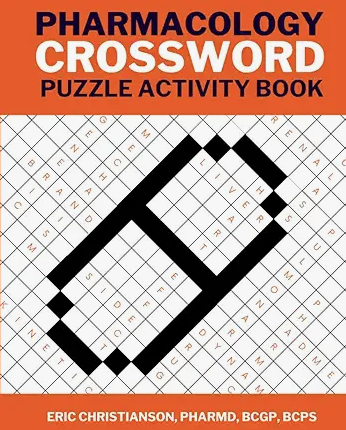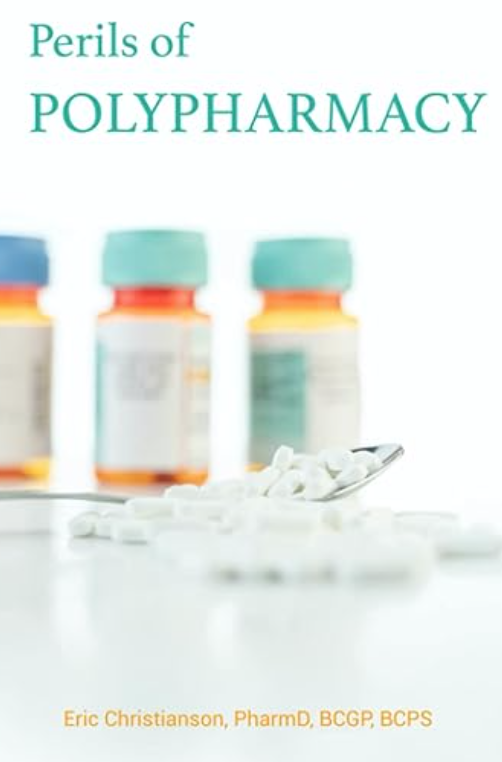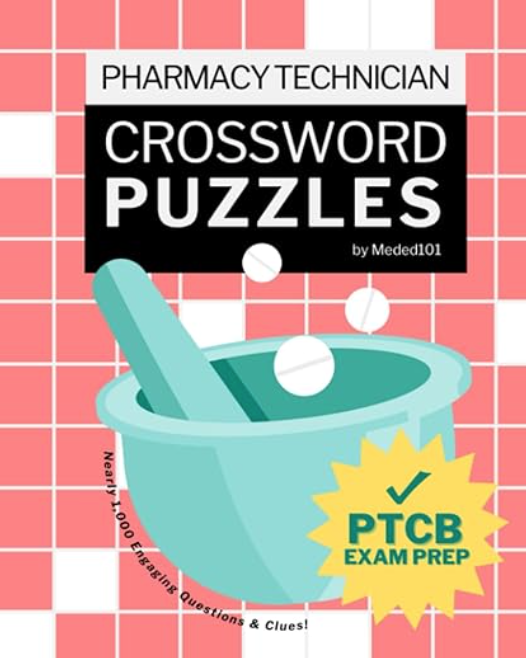NSAIDs are a commonly used class of analgesic medication. There are numerous factors that may determine which one we choose. We’ll lay out some of the most important differences between these agents and summarize this information in our NSAID comparison table at the end of this post. This information would be an excellent example of the type of situation that may show up on a board exam question!
NSAID selection is based primarily on three different factors. One factor is often availability. Given that naproxen and ibuprofen are available over the counter, many will begin to use NSAIDs without a prescription or consultation with a pharmacist or other provider.
When I provide a recommendation regarding the use of NSAIDs, there are two major risks that I think about first. NSAIDs carry a boxed warning for cardiovascular events as well as GI bleeding risks. Ensure that your patient is a candidate for NSAIDs by reviewing their past medical history and identifying if the risks are worth the benefit. These are the other two factors that I first look at when deciding which NSAID is right for the patient.
NSAIDs and Cardiovascular Risk
The boxed warning with all NSAIDs reads: “Nonsteroidal anti-inflammatory drugs (NSAIDs) cause an increased risk of serious cardiovascular thrombotic events, including myocardial infarction (MI), and stroke, which can be fatal. This risk may occur early in treatment and may increase with duration of use.” But which NSAID in our comparison table is the least risky?
Naproxen is likely to have the least risk when it comes to cardiovascular concerns. Unless new evidence comes out, this is the medication that I would likely recommend at this time if an NSAID needs to be used in a patient at risk for cardiovascular concerns. Diclofenac (oral) is considered to be one of the worst NSAIDs when it comes to cardiovascular risk and I would avoid this agent.
NSAIDs and GI Risk
NSAIDs also carry a boxed warning for GI risk. Here’s the warning on all NSAIDs (including celecoxib): “NSAIDs cause an increased risk of serious gastrointestinal (GI) adverse events, including bleeding, ulceration, and perforation of the stomach or intestines, which can be fatal. These events can occur at any time during use and without warning symptoms. Elderly patients and patients with a prior history of peptic ulcer disease and/or GI bleeding are at higher risk for serious GI events.”
Which NSAID has the lowest GI risk? I must start off with a full disclaimer: GI risks are generally considered to be dose-dependent meaning that as dosages of a given NSAID increase, the GI bleed risk will increase as well. Also, I include celecoxib in the NSAID group even though it is primarily a COX-2 inhibitor. Its analgesic properties are derived from a similar mechanism as other NSAIDs, it is just more selective. In addition, some of the NSAIDs haven’t been studied as extensively as others. I have ranked many of the NSAIDs on GI risk in the past.
Celecoxib has been shown to be one of the lowest-risk agents when it comes to GI bleed and that is usually my first choice with all other things being equal. If celecoxib is not an option, meloxicam has some evidence to support that it may not be as hard on the GI tract as other agents. Ibuprofen may be a consideration as well if OTC availability plays a factor.
When patients are at risk for GI bleed, selecting a “safer” NSAID can be beneficial but in some cases may not be enough. In many patients who require NSAID therapy, we may consider adding GI protection such as a PPI to reduce the risk of GI bleeding.
In general, try to minimize the use of NSAIDs in high-risk populations. Reducing doses and minimizing the duration of therapy are always good principles in medication management.
With the help of Kevin Laspa, PharmD Candidate, we’ve put together this NSAID comparison chart. Feel free to drop a comment below!
NSAID Comparison Table
| NSAID | Dosing | Prescription Needed | CV Risk | GI Risk |
| Aspirin | 81-650mg every 4-6 hours (OTC) 650-1g every 4-6 hours max 4g/day (RX) | No | -/= | ++ |
| Celecoxib | 100mg-200 mg BID | Yes | + | -/+ |
| Diclofenac (systemic) | 100-150mg/ day into 2-4 doses | Yes/No | +++ | ++ |
| Etodolac | 200-400 mg every 6-8 hours | Yes | = | + |
| Ibuprofen | 200-400 mg every 4-6 hours (OTC) 400-800 mg every 6-8 hours (RX) | No | ++ | + |
| Indomethacin | 25 mg TID or 50 mg BID/TID | Yes | = | +++ |
| Ketoprofen | 50mg QID or 75mg TID | Yes | = | +++ |
| Ketorolac | 20mg once, then 10mg every 4-6 hours as needed | Yes | ++ | +++ |
| Meloxicam | 7.5- 15 mg daily | Yes | + | + |
| Nabumetone | 1 g BID | Yes | = | + |
| Naproxen | 220-500 mg BID | No | – | ++ |
= indicates a similar risk to others, + indicates an increased risk, ++ indicates additional risks were found, and +++ shows evidence of a large risk of adverse effect. – shows evidence of having a low risk or benefit compared to others.
- 30 medication mistakes PDF
- 18+ Page Drug Interaction PDF
- 10 Commandments of Polypharmacy Webinar based on my experiences in clinical practice
Popular Amazon Books
References:
- https://jamanetwork.com/journals/jama/fullarticle/2791399
- https://jamanetwork.com/journals/jamanetworkopen/fullarticle/2791538
- https://jamanetwork.com/journals/jama/article-abstract/2772277#:~:text=Aspirin%20use%20increased%20serious%20GI,102%20in%20the%20placebo%20group.
- https://www.uptodate.com/contents/aspirin-drug-information?source=auto_suggest&selectedTitle=1~4—1~4—Aspirin&search=aspirin
- https://www.uptodate.com/contents/celecoxib-drug-information?source=auto_suggest&selectedTitle=1~3—1~3—Celeco&search=celecoxib
- https://www.nejm.org/doi/full/10.1056/nejmoa1611593
- https://pubmed.ncbi.nlm.nih.gov/28410791/
- https://www.uptodate.com/contents/diclofenac-systemic-drug-information?source=auto_suggest&selectedTitle=1~2—2~4—Diclofenac&search=diclofenac%20systemic
- https://www.bmj.com/content/362/bmj.k3426
- https://www.bmj.com/content/362/bmj.k3426#:~:text=Diclofenac%20initiation%20also%20increased%20the,similar%20extent%20as%20naproxen%20initiation.
- https://www.ahajournals.org/doi/10.1161/CIRCOUTCOMES.108.805689
- https://journals.plos.org/plosmedicine/article?id=10.1371/journal.pmed.1001098
- https://pubmed.ncbi.nlm.nih.gov/22017233/
- https://www.ncbi.nlm.nih.gov/books/NBK555936/
- https://www.sciencedirect.com/science/article/abs/pii/S0002934304002566
- https://www.ncbi.nlm.nih.gov/pmc/articles/PMC5455842/
- https://link.springer.com/article/10.2165/00002018-200831060-00004
- https://www.sciencedirect.com/science/article/abs/pii/S0149291806002797
- https://www.ncbi.nlm.nih.gov/pmc/articles/PMC5340840/
- https://journals.lww.com/cardiovascularpharm/fulltext/2006/05001/gi_risk_and_risk_factors_of_nsaids.11.aspx









0 Comments